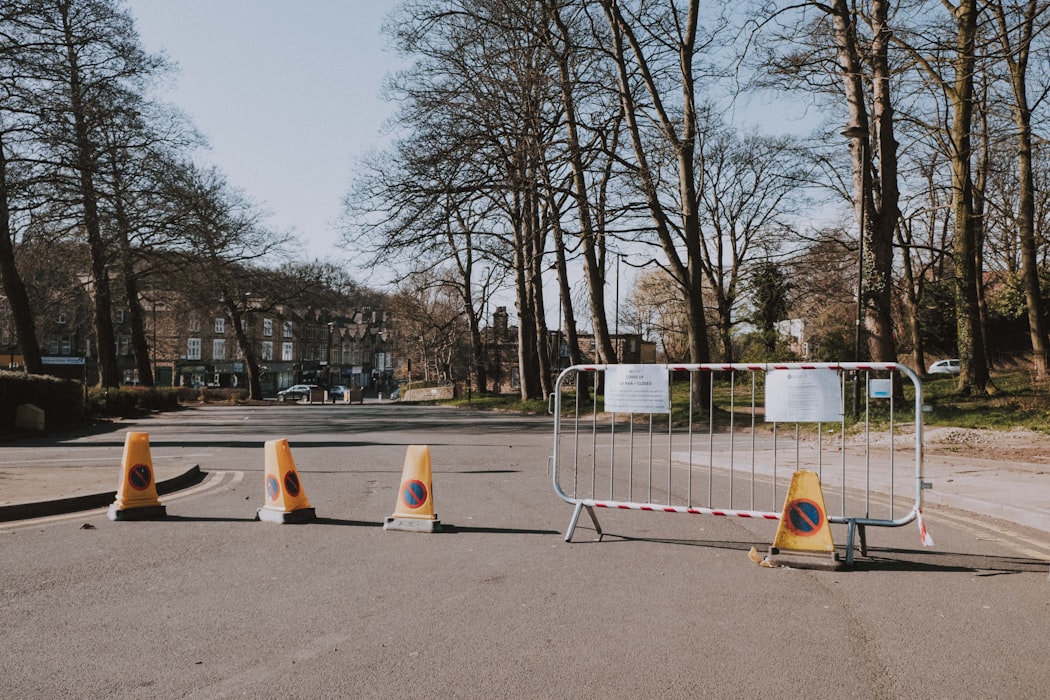Self-Driving Cars That Recognize Objects
The most crucial part of a self-driving car is detection. Otherwise, there is no point in utilizing these machines. As such, scientists at Carnegie Mellon University worked on improving the detection accuracy for faster responses.
"Perception systems need to know their unknowns," says Peiyun Hu, a Ph.D. student in CMU's Robotics Institute.
The study brings more insight to how cars reason the environment around them—in particular the space and objects surrounding them.
Learn more about self-driving cars:
"Map-building fundamentally reasons about what's empty space and what's occupied," said Deva Ramanan, an associate professor of robotics and director of the CMU Argo AI Center for Autonomous Vehicle Research. "But that doesn't always occur for live, on-the-fly processing of obstacles moving at traffic speeds."
The research enables a self-driving car to consider visibility as a factor for reason according to what the sensors see. The concept has actually been previously used when crafting digital maps.
The research was presented at Computer Vision and Pattern Recognition (CVPR) conference.
Source: Science Daily









